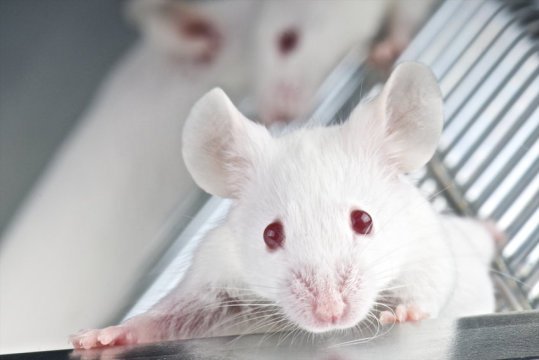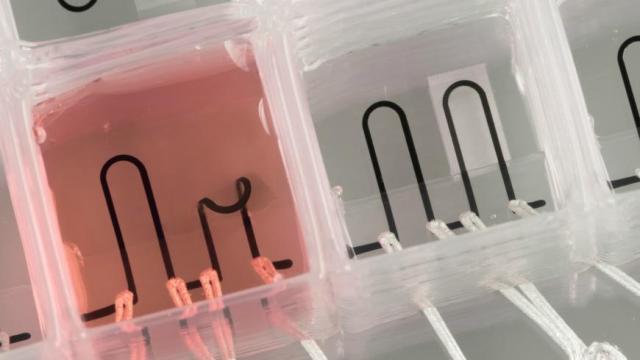Engineers like to make things that work. And if one wants to make something work using nanoscale components—the size of proteins, antibodies, and viruses—mimicking the behavior of cells is a good place to start since cells carry an enormous amount of information in a very tiny packet. As Erik Winfree, professor of computer science, computation and neutral systems, and bioengineering, explains, “I tend to think of cells as really small robots. Biology has programmed natural cells, but now engineers are starting to think about how we can program artificial cells. We want to program something about a micron in size, finer than the dimension of a human hair, that can interact with its chemical environment and carry out the spectrum of tasks that biological things do, but according to our instructions.”
Getting tiny things to behave is, however, a daunting task. A central problem bioengineers face when working at this scale is that when biochemical circuits, such as the one Winfree has designed, are restricted to an extremely small volume, they may cease to function as expected, even though the circuit works well in a regular test tube. Smaller populations of molecules simply do not behave the same as larger populations of the same molecules, as a recent paper in Nature Chemistry demonstrates.
via Building Artificial Cells Will Be a Noisy Business | Caltech.
 An implant that beams instructions out of the brain has been used to restore movement in paralysed primates for the first time, say scientists.Rhesus monkeys were paralysed in one leg due to a damaged spinal cord.The team at the Swiss Federal Institute of Technology bypassed the injury by sending the instructions straight from the brain to the nerves controlling leg movement.
An implant that beams instructions out of the brain has been used to restore movement in paralysed primates for the first time, say scientists.Rhesus monkeys were paralysed in one leg due to a damaged spinal cord.The team at the Swiss Federal Institute of Technology bypassed the injury by sending the instructions straight from the brain to the nerves controlling leg movement.










 via
via 











 via
via 
 via
via 